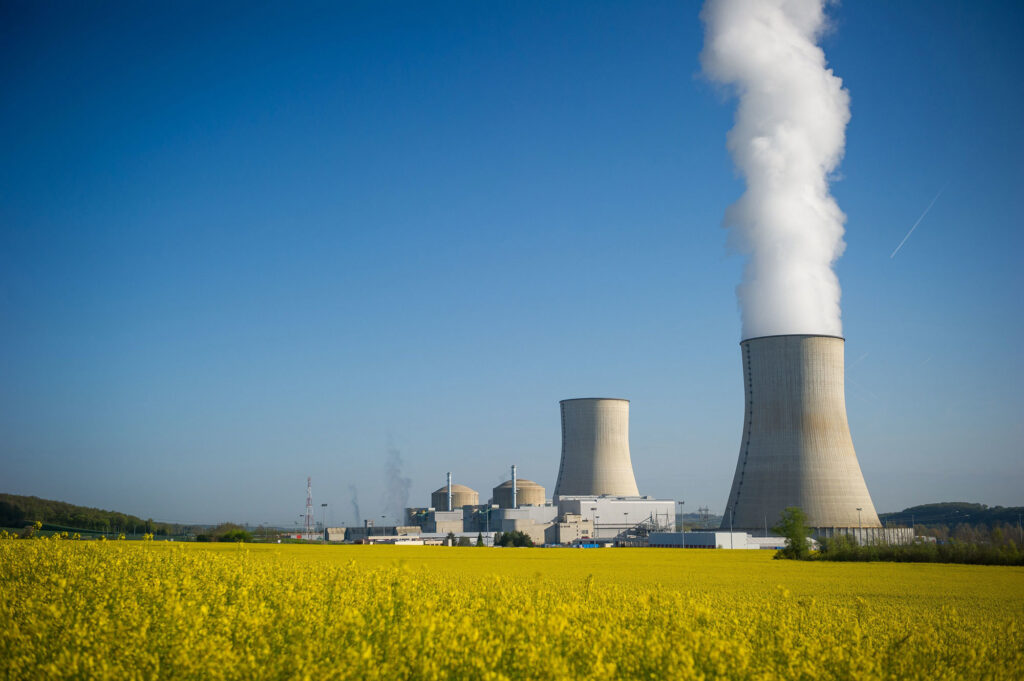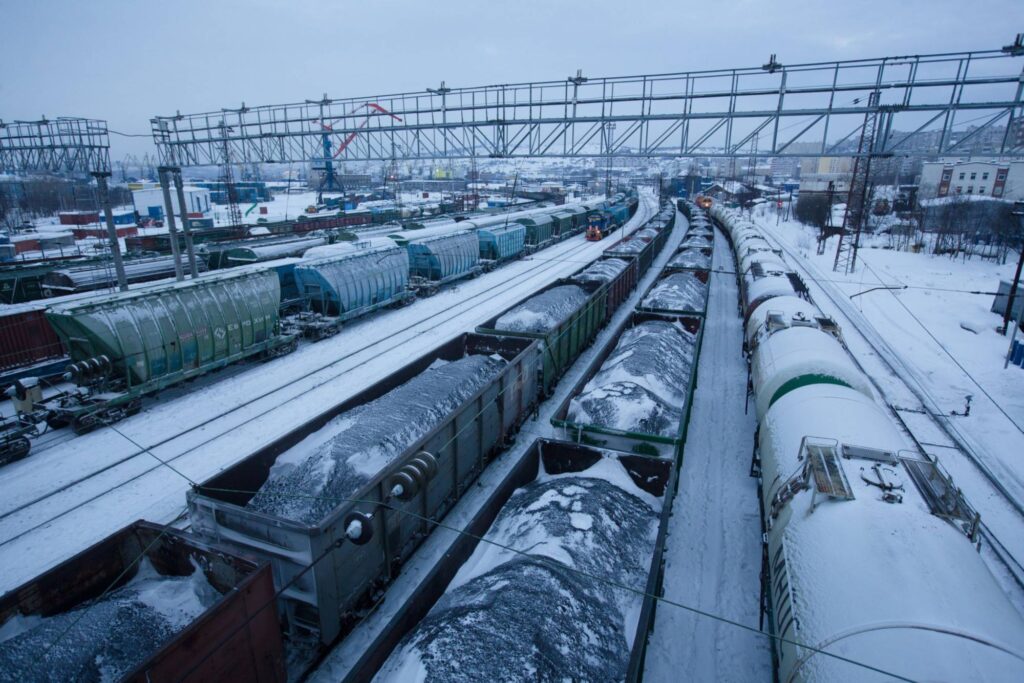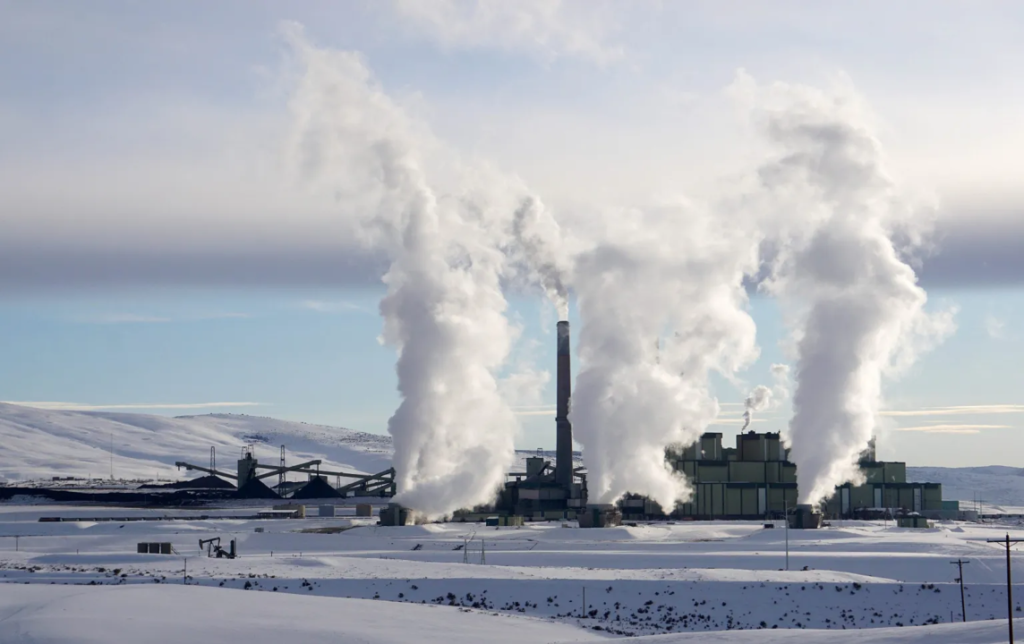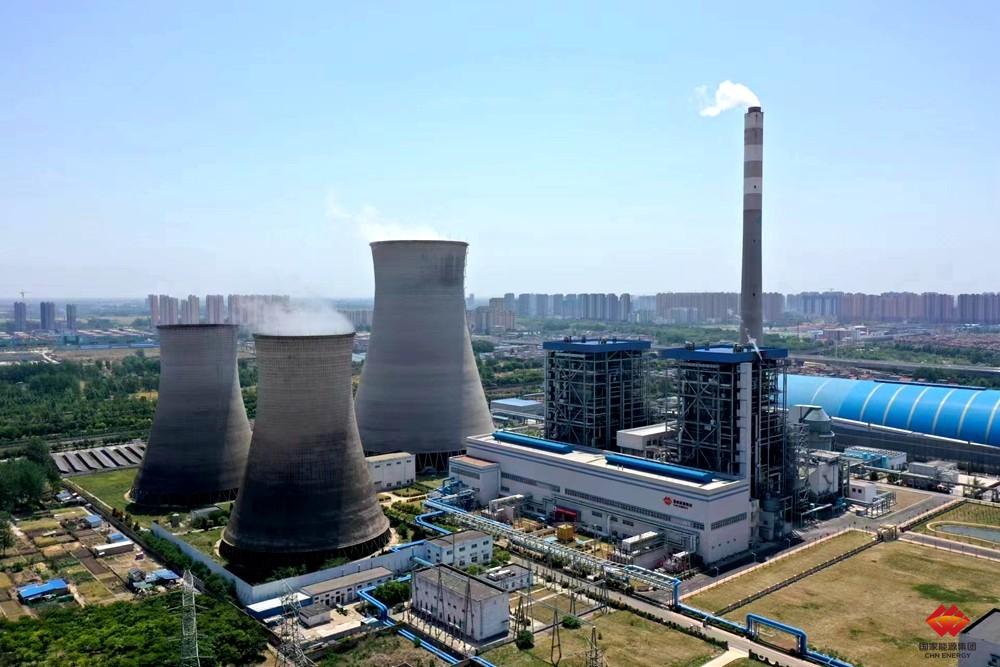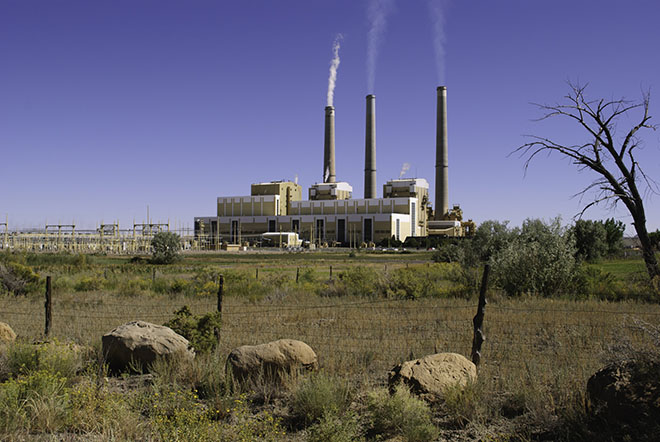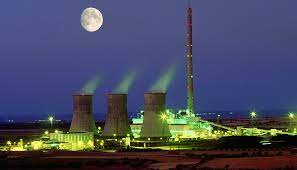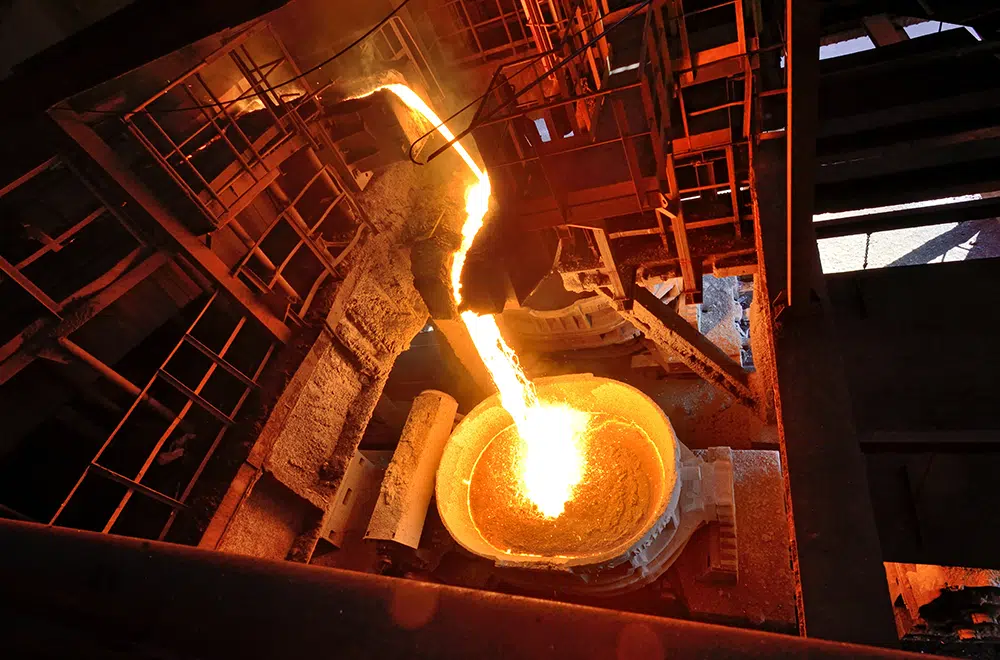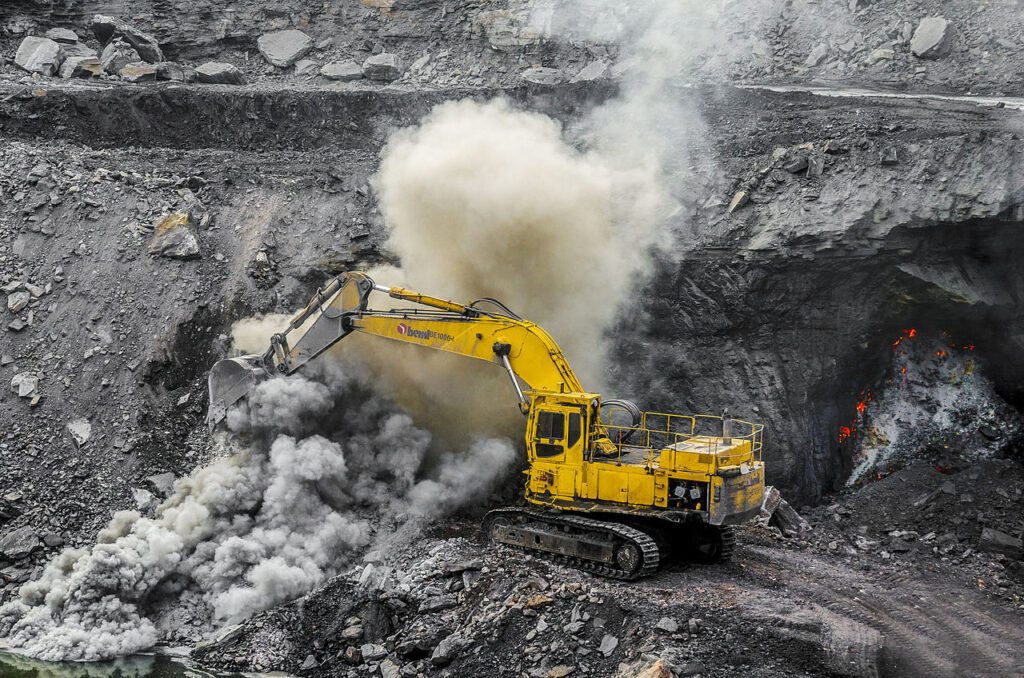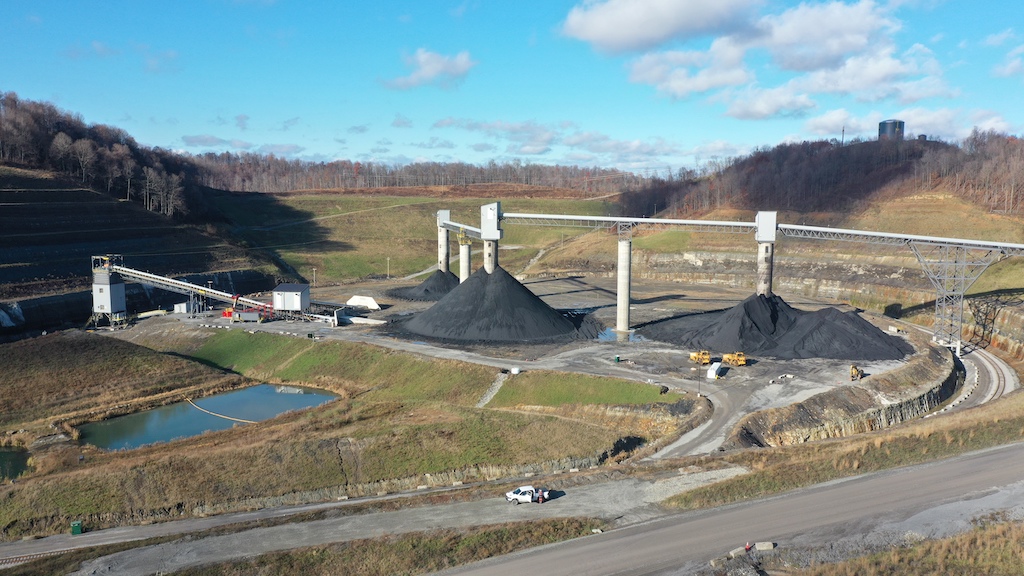The US Department of Energy’s Office of Nuclear Energy (ONE) is making a strong push for the adoption of nuclear power as a clean energy source, particularly through the conversion of retiring coal plants. This strategy aims to address the nation’s growing need for clean energy while revitalizing communities reliant on coal.
Key Points Advocated by the DOE:
- Conversion Potential: The DOE estimates that most existing and retired coal plants in the US are suitable candidates for conversion. Utilizing advanced nuclear reactor designs, these sites could potentially accommodate over 250 GW of new nuclear capacity, significantly surpassing the current national capacity of 95 GW.
- Economic and Job Benefits: Repurposing coal plants for nuclear power is seen as a way to preserve and create jobs, while also stimulating economic growth in affected communities. This transition presents an opportunity to leverage existing infrastructure and skilled workforce present in these locations.
- Environmental Advantages: Replacing coal-fired plants with nuclear power facilities would bring significant environmental benefits by eliminating harmful carbon emissions, contributing to the nation’s net-zero emissions goals by 2050.
- Cost-Effectiveness: The DOE highlights the potential cost savings associated with converting existing coal plants to nuclear. Reusing existing land, transmission lines, roads, and buildings at these sites can significantly reduce construction costs compared to building entirely new facilities.
- Growing State Interest: Several states are actively exploring coal-to-nuclear transitions. The article mentions TerraPower, a Bill Gates-funded company, planning to build a small modular reactor near a retiring coal plant in Wyoming, showcasing the growing interest in this approach.
- Community Preservation: Converting coal plants to nuclear power can help preserve the livelihoods and identities of communities that have historically relied on the coal industry.
Recent Legislative Developments:
This push from the DOE coincides with recent positive developments in the political landscape for nuclear power. The US House of Representatives recently passed the Atomic Energy Advancement Act, a bipartisan bill aimed at accelerating nuclear power development. This legislation, if passed by the Senate and signed by President Biden, would encourage the development of new nuclear technologies, streamline regulatory processes, and increase staffing at the Nuclear Regulatory Commission (NRC). Notably, part of the act specifically focuses on facilitating the conversion of retired coal plants to nuclear facilities.
Concerns and Considerations:
The article acknowledges potential concerns surrounding this approach, particularly regarding the cost of such conversions and the ongoing safety considerations associated with nuclear power. The author points to the Vogtle nuclear power plant project in Georgia as an example of significant cost overruns and delays, raising concerns about the potential for similar challenges in future projects. Additionally, the article emphasizes the need for continued dialogue about the safety and security of nuclear facilities, especially in light of evolving global security threats.
Conclusion:
While the path forward for the coal-to-nuclear transition remains uncertain, the combined efforts of the DOE and recent legislative advancements indicate a potential resurgence of nuclear power in the United States. However, addressing concerns regarding cost, safety, and efficiency will be crucial for the success of this strategy in achieving its intended environmental and economic benefits.
See more here
Source: TheCoalTrader, AI generated

